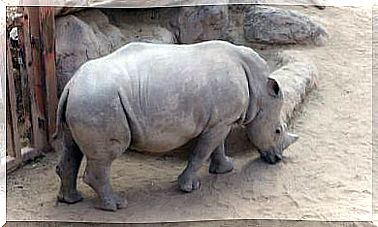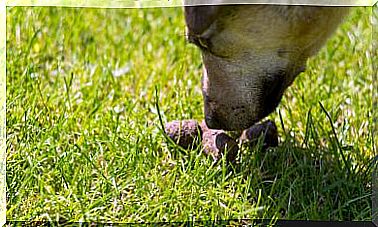8 Tips For Observing Wildlife

Going out into nature to observe wildlife is an activity that is gaining more and more popularity. Far from reducing their days in the woods to excursions and snacks, many want to know the secrets of the inhabitants of these places.
However, observing wildlife can be complicated if we are first-timers on the subject, therefore, it is convenient to review a series of tips to be able to carry out wildlife watching with a guarantee of success.
Start with the birds
Many dream of seeing a large predator like the wolf in the wild, however these species are very shy and difficult to catch a glimpse of, especially for newbies. However, birds are a much more grateful animal when it comes to being seen in nature.
Although there are very shy species of birds, it will be easy to see some of the birds that live in your garden, such as the robin, which on our walks in the countryside is very confident. In addition, we can always learn to identify them by their silhouette in flight, which will allow us to recognize large birds with ease.
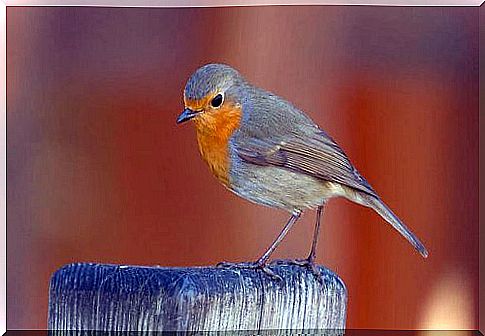
Trust the guides
One of the mistakes that many make is believing that they will be able to see an Iberian lynx simply by spending an afternoon in Doñana. Given the increasing popularity of this activity, there are more and more biologists and other professionals dedicated to guiding tourists in these places in search of the most elusive animals.
These guides are knowledgeable about the habits of the fauna of the natural park and are able to follow their tracks ; They are also in constant communication with ranchers and other wildlife observers, so they are a guarantee of success in observing wildlife.
These types of activities aimed at responsible tourism are great for promoting nature conservation and enhancing animals without the need for them to be hunted.
Learn to walk the country
It is impossible to observe wildlife if we enter the forest like an elephant in a china shop; It is important not to make noise, to walk slowly trying to cushion your steps by the undergrowth, without breaking branches or kicking rocks.
We must be attentive to any movement between the trees or the undergrowth ; The more practice we take, the better we will know which places are the best to see the different wild animals that surround us.

Always carry binoculars
Normally, nature guides have equipment such as high-quality telescopes and binoculars, which is ideal for those who do not do this activity in a common way. However, if we go alone regularly, it is advisable to buy good binoculars to see the animals clearly.
Another option is the use of digital cameras; Although they are not designed for this, cameras currently have a very powerful zoom, capable of taking snapshots that we can then calmly identify.
Learn to identify animals
One of the funniest things about watching wildlife is identifying the animals around us. There are very handy field guides that we can carry in our pocket and that come with photos to help us identify.
If we find it out of price to buy a bird guide, we can also resort to the various applications or web pages that have fauna identifiers, and that are quite intuitive to use, such as the one that the Spanish Ornithological Society has.
Know when is the time
It is important to know that not all species are seen at the same times and times of the year. In general, dusk and dawn are the best times to observe wildlife, because the forest is silent and during the day the hikers make the animals decide to enter the thicket.
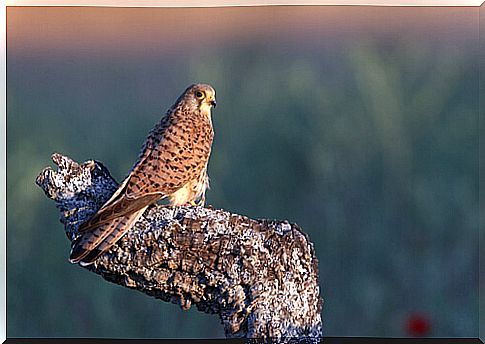
The time is also important; for example it will be almost impossible to see bears in winter as they will spend the day hibernating. Likewise, autumn is the time to look for deer in the north of Spain to watch the famous bellowing, while it will be a very bad time to see the lesser kestrel, which is a migratory bird.
Pay attention to the panels
In national parks and bird observatories it is quite common to find information panels, where we can find out which species are most common at certain times of the year, or in which areas we can find them.
Although the most expert or lazy may deny this informative material, the truth is that the people who have created these interpretive panels are the ones who know the area best, therefore it is always interesting to waste a few minutes learning in this way.
Be patient
It is the best advice we can give you. It is practically impossible for you to go out to the field tomorrow and watch a pack of wolves hunt a deer, however, with training and routine you will be able to become one with nature and enjoy this beautiful hobby more and more.
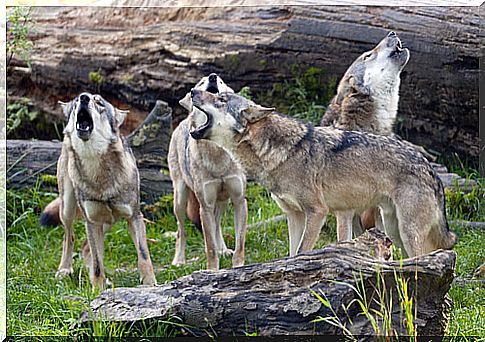
By being patient and starting with the simplest animals and the most grateful taxa when it comes to identifying them, we will be encouraging ourselves to continue our journey through nature. Observing sparrows and robins will gradually lead us to be able to recognize complex tracks and species.


